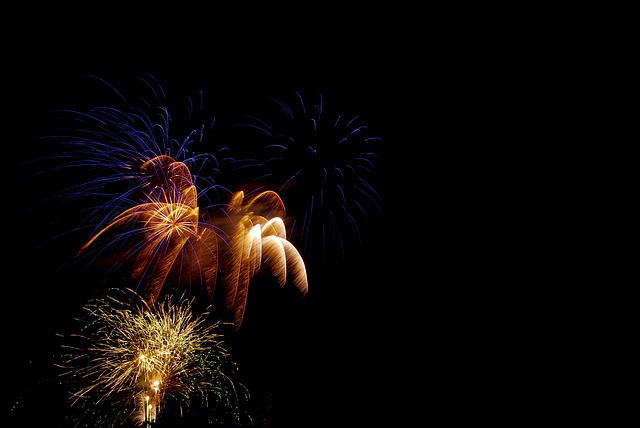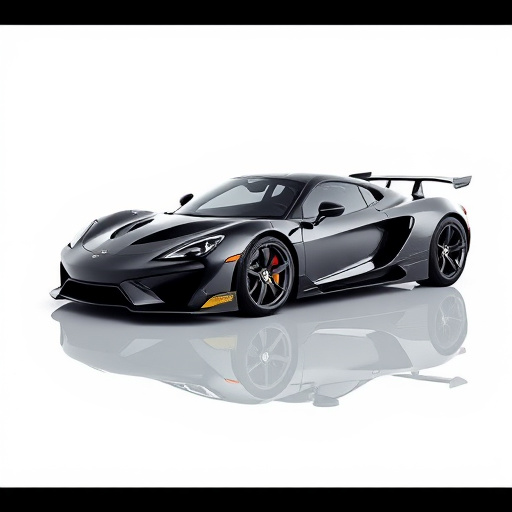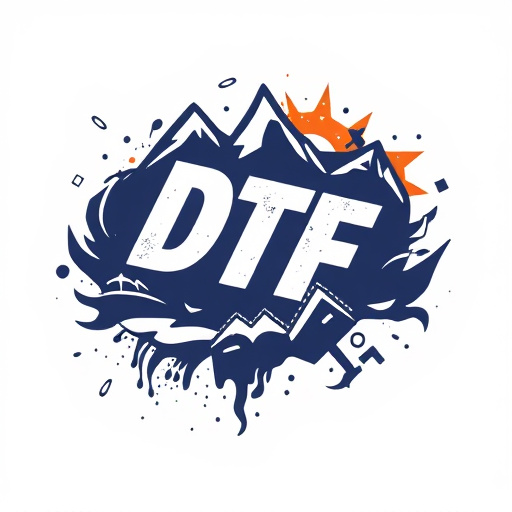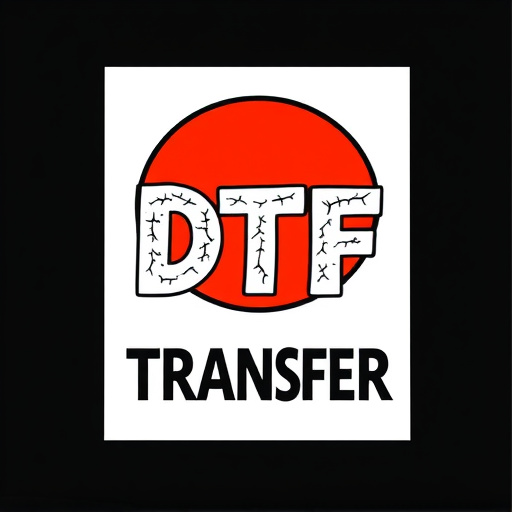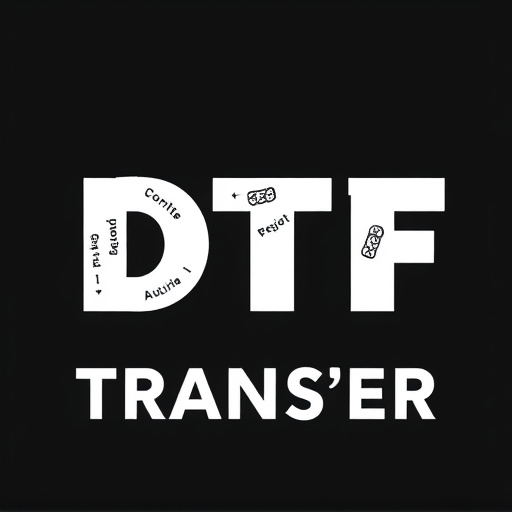Direct-to-film (DTF) transfers have revolutionized cap decoration by enabling intricate and vibrant designs through precise digital printing. Ideal for complex artwork, DTF offers high-quality, long-lasting prints that maintain structural integrity. Versatile for various cap shapes and sizes, DTF printing streamlines production, making it suitable for event merchandise or individual styles. When choosing a DTF transfer, consider cap design constraints, optimize print quality with high-resolution images, and select a service supporting desired size and clarity. The process involves designing artwork, optimizing for DTF transfer, applying ink to film, cutting precisely, and transferring under heat and pressure for a permanent finish, yielding visually stunning and durable results.
“Revolutionize your cap decoration with specialized DTF (Direct-to-Film) transfers, offering a unique and vibrant approach to design. This article explores the benefits of DTF Transfers for caps, delving into their customizability and quality. We’ll guide you through the process, from understanding DTF Printing techniques to choosing the perfect size for your cap decor. Discover creative applications and best practices to ensure high-impact, long-lasting DTF Prints on hats, transforming them into true works of art.”
- Understanding DTF Transfers: A Direct-to-Film Approach
- The Benefits of Customized DTF Prints for Cap Decoration
- Choosing the Right Size: Optimizing DTF Transfer for Caps
- DTF Printing Process: From Design to Final Product
- Applications and Ideas for Creative DTF Cap Decorations
- Best Practices for High-Quality DTF Transfers on Hats
Understanding DTF Transfers: A Direct-to-Film Approach
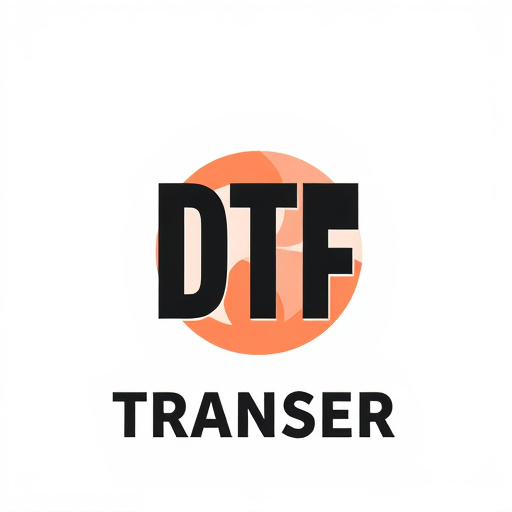
Direct-to-film (DTF) transfers represent a cutting-edge approach to enhancing cap decorations, offering an innovative and precise method for applying intricate designs directly onto various surfaces. This technology has revolutionized custom cap decoration, enabling detailed and vibrant prints that were once difficult to achieve with traditional methods. With DTF, the design is transferred from a digital file directly onto a film, which is then bonded to the cap material during a specialized printing process.
The beauty of DTF lies in its versatility and ability to produce high-quality, long-lasting prints. It’s particularly advantageous for complex artwork with fine details, allowing for crisp lines and vibrant colors. This method is not only efficient but also ensures that caps can maintain their structural integrity while showcasing stunning, personalized designs. DTF Printing has become a game-changer in the world of cap customization, catering to businesses and individuals seeking unique and visually appealing headwear.
The Benefits of Customized DTF Prints for Cap Decoration
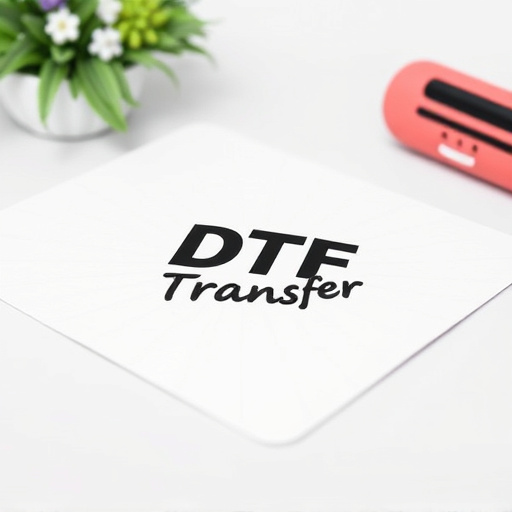
Customized Direct-to-Film (DTF) prints offer a plethora of benefits for cap decoration, making them an increasingly popular choice among manufacturers and designers. One of the key advantages is their versatility; DTF transfers can be created in various sizes and shapes to accommodate different cap styles and designs. This customization allows for unique and intricate patterns, logos, or graphics that can enhance the overall aesthetic appeal of a cap. With DTF printing, you can achieve high-resolution details, vibrant colors, and precise positioning on the cap’s surface.
Additionally, DTF prints provide durability and longevity. The transfer process ensures that the design is securely bonded to the cap material, resisting fading, cracking, or peeling over time. This makes DTF prints ideal for promotional products or branded caps that are in frequent use. Moreover, DTF technology streamlines the production process, enabling faster turnaround times compared to traditional methods. It’s an efficient way to produce custom caps for events, teams, or individual styles, ensuring a seamless and timely delivery of high-quality merchandise.
Choosing the Right Size: Optimizing DTF Transfer for Caps
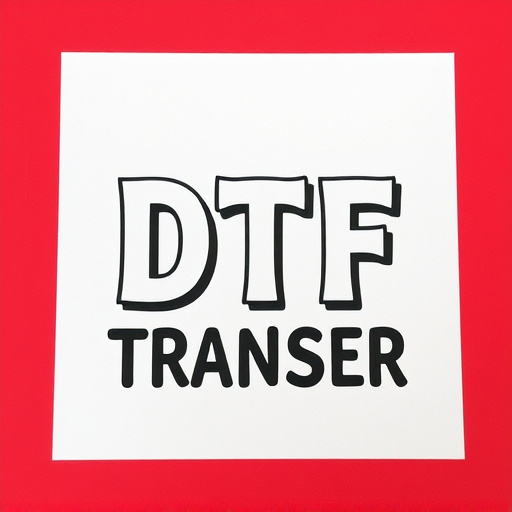
When selecting a DTF (Direct-to-Film) transfer for cap decoration, size is a crucial consideration. The key is to find a balance between achieving high-quality prints and fitting within the constraints of your cap design. DTF transfers come in various sizes, each optimized for different types of caps. For instance, smaller transfers are ideal for snapbacks or trucker hats, where intricate details might not be necessary. In contrast, larger DTF prints can be more suitable for structured caps, allowing for bolder designs and more precise color replication.
To optimize your DTF transfer, consider the resolution and scalability of the design. High-resolution images with clear lines and sharp corners will produce better results. Ensure that the DTF printing service you choose can accommodate your desired size while maintaining image quality. This careful selection process guarantees that your final cap design, achieved through DTF printing, looks vibrant and professional.
DTF Printing Process: From Design to Final Product
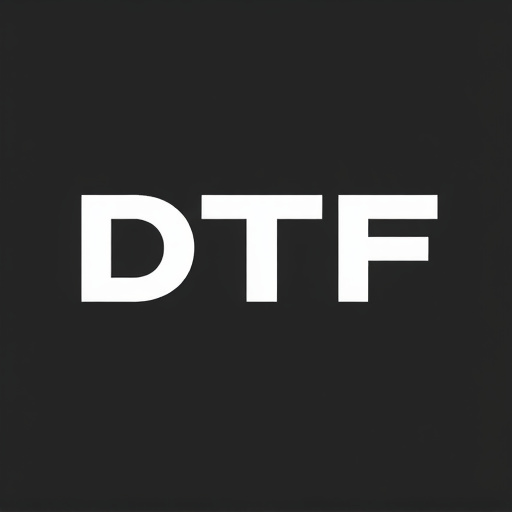
The Direct-to-Film (DTF) transfer printing process is a cutting-edge technique that has revolutionized the way we create custom cap decorations. It all begins with a meticulously designed artwork, where intricate details and vibrant colors are carefully considered to ensure they translate flawlessly onto the chosen material. This digital design is then prepared for printing, involving advanced software that optimizes the image for DTF transfer.
Once ready, the DTF print process involves applying a thin layer of ink directly onto the film, precisely matching the desired design. This ink is specifically formulated to adhere strongly to various cap materials while maintaining its quality and vibrancy. The printed film is then carefully cut to match the shape and size requirements for cap decoration. Subsequently, heat and pressure are applied during the transfer process, ensuring a precise and permanent imprint of the DTF print onto the cap’s surface. This method yields exceptional results, delivering high-definition DTF transfers that are both visually stunning and durable.
Applications and Ideas for Creative DTF Cap Decorations

Specialized direct-to-film (DTF) transfers offer a versatile and creative way to decorate caps. These transfers are designed to be applied directly onto cap materials, allowing for intricate designs and vibrant colors. One of the primary applications is in sports teams and fan clubs, where DTF prints can feature team logos, mascots, or slogans, adding a distinctive touch to uniforms or casual wear.
Beyond sports, DTF decorations find use in fashion and promotional items. Designers can create unique patterns and graphics that blend seamlessly with cap styles, appealing to diverse audiences. For instance, DTF transfers can incorporate text, illustrations, or even photographic images, enabling the customization of caps for both personal and corporate branding purposes. This technology not only enhances visual appeal but also ensures durability, making it a popular choice for creating eye-catching, long-lasting cap decorations.
Best Practices for High-Quality DTF Transfers on Hats
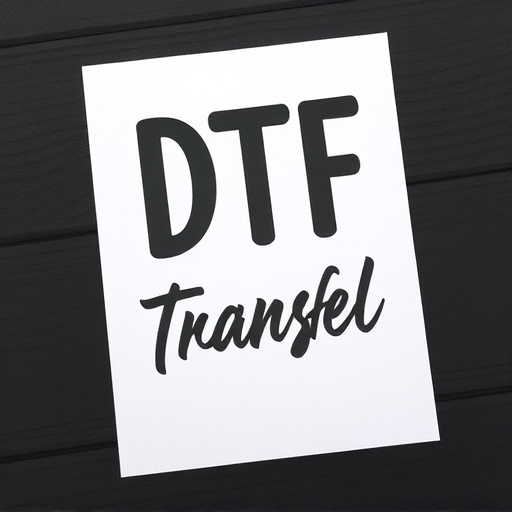
When it comes to achieving high-quality direct-to-film (DTF) transfers for cap decoration, attention to detail is paramount. The process involves careful preparation of both the design and the hat itself. Start by ensuring your DTF film is compatible with the hat’s material; different plastics and fabrics may require specific types of DTF films for optimal adhesion. Cleanliness is another key factor; thoroughly wipe down the hat’s surface to remove any dirt, grease, or debris that could hinder the transfer process.
For best results, use high-resolution design files optimized for DTF printing. Precise cutting and registration are essential, so invest in quality equipment and software. Consider testing the transfer on a small sample first to adjust settings and ensure the design aligns perfectly with the hat’s shape. Additionally, proper heat application is critical; follow manufacturer guidelines for temperature and pressure to achieve crisp, long-lasting DTF prints that resist fading or peeling.
